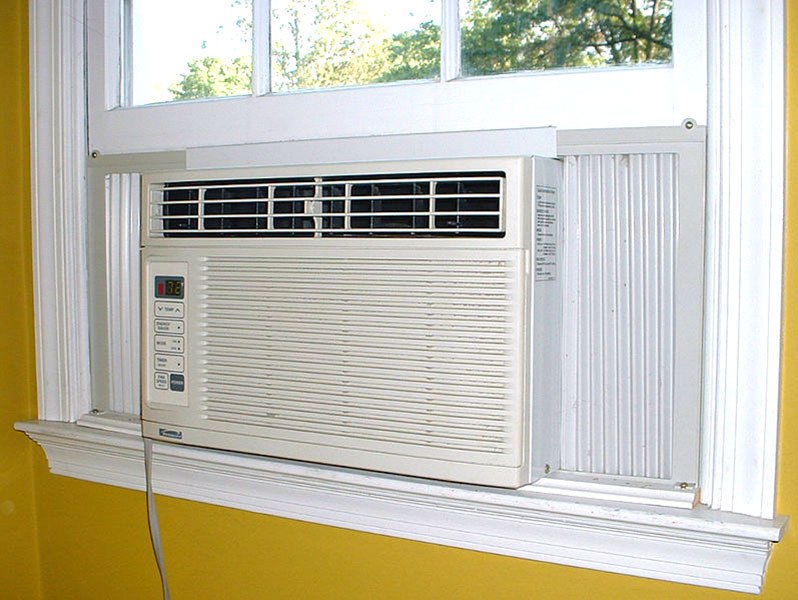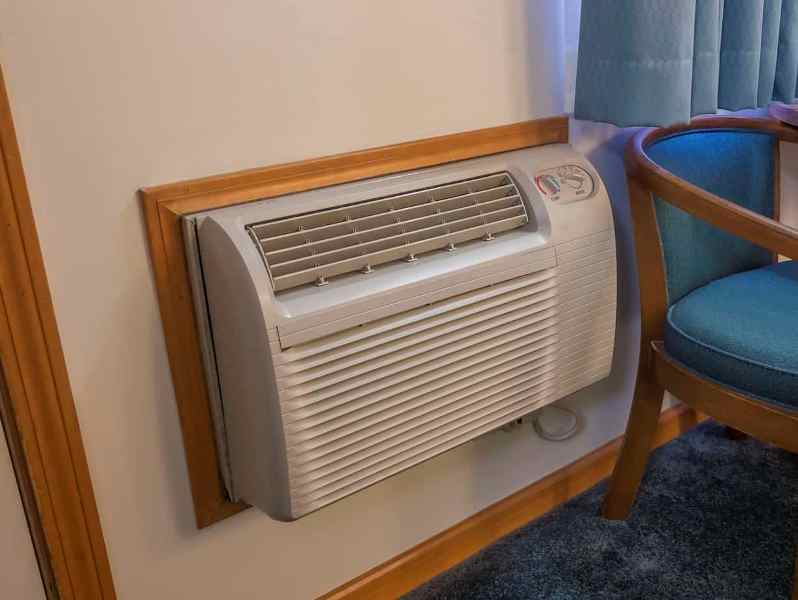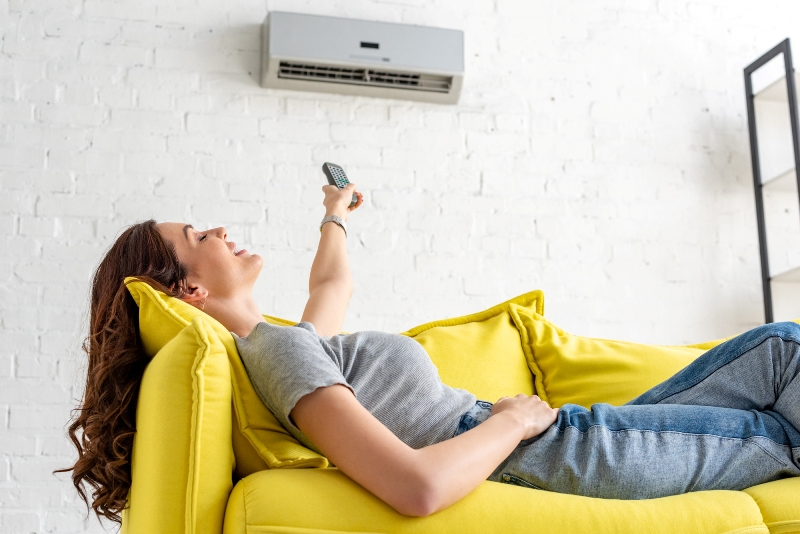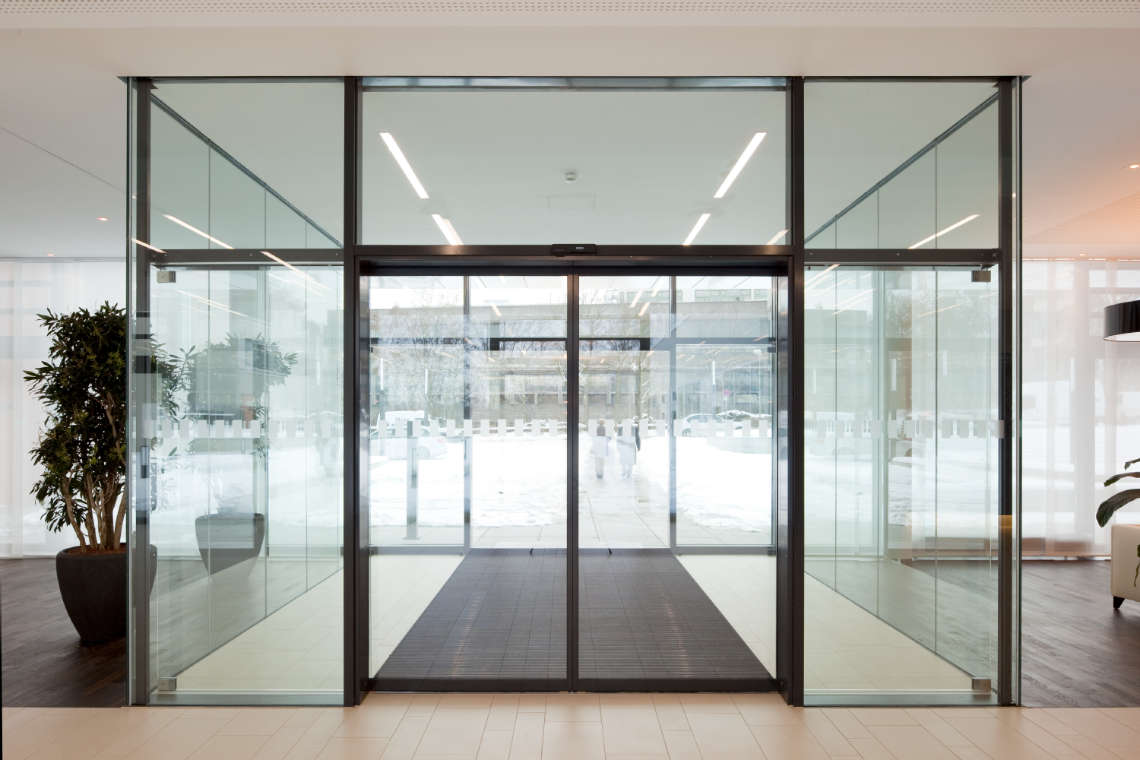The United States Department of Energy notes that American homeowners spend $11 billion to power air conditioning (AC) units each year.
While the need for AC is obvious, the decision concerning which type of unit to go with isn’t. If you invest in a kind of AC that doesn’t best meet your needs, you’ll likely be stuck with an expense that doesn’t ease your climatic discomfort.
If you’re in the market for a unit, you’re in the right place. Here’s a guide detailing common types of air conditioners and how they best work for you.
Types of Air Conditioners
AC units fall into two broad classifications – monoblock and split air conditioning.
The basic premise of an AC unit is that refrigerant flows from one set of coils to collect the heat. Once it collects heat, the refrigerant will then move to the second set of coils where it will get rid of that heat.
Monoblock AC units combine these two sets of coils into one body shell. The reason behind this is that these types of units are designed for use within buildings. To dissipate the heat, monoblock ACs will feature an air pipe that disperses the heat outside.
On the other hand, split AC units feature inner and outer components that are connected by an electric cable. Additionally, two copper pipes conduct the refrigerant to and from the external and internal components.
Modern split AC units also come with remote control capability and a heat pump for use during winter.
With that said, here’s look at some of the most prominent AC units you can consider for your home.
1. Window Air Conditioners

Window ACs point the refrigerant indoors to help chill the air while the exhaust system diverts hot air to the back and sides. Window ACs are popular due to their affordability.
However, each unit can only serve one room at a time, making it ideal for small houses. If you have a big house, you’ll have to purchase one for each room. Since these units are portable, you can move them to whichever room you need to cool and remove them altogether when the
cold weather hits.
If you purchase a more expensive window AC, it will come with a heat pump for when the cold weather strikes.
2. Portable Air Conditioners
Portable ACs come in handy when you can’t use a window AC unit. These units don’t need any mounting and instead come with a flexible air pipe you can route through the wall or window.
Portable ACs house all their components within one unit and divert the hot air out the exhaust hose.
If you have a room that is not more than 500 square feet, a portable AC can be an excellent choice. Each unit is lightweight and has wheels for easy movement.
The downside of housing all elements in one unit is that it can get noisy. That’s because the evaporator fan that evaporates the collecting condensation.
3. Central Air Conditioning
Central AC derives its name from the set up it uses to cool the indoor air. The system uses a cooling compressor that’s located outdoors. Once the refrigerant in the coil cools the air, a fan then blows that cold air through your duct system to lower the temperatures.
Central AC leverages the same ducts your heating system relies on to circulate the cold air. Once the cool air flows, warm air is guided through the return system and pushed out of the house by the exhaust system.
If your priority is cooling several rooms at once, then central AC works best. Although this kind of AC is at its best when serving a large house, you can use it no matter the square footage.
Due to the complex nature of these units and considering you’re dealing with the interior of a house, you need to hire an air conditioning installation expert. They will carry out the extensive planning necessary before fitting this kind of AC unit.
4. Through-the-Wall Air Conditioners

Through-the-wall AC works similarly to window ACs by bringing in warm air then exhausting it. These units will then send cool air back into the room.
A through-the-wall AC unit is ‘self-contained,’ meaning every component exists within the unit’s body.
When you want to install a through-the-wall AC unit, you first have to cut a hole in the exterior wall. You will need the hole to set a sleeve, which is critical as it supports the additional weight of the unit as the wall alone can’t bear it by itself.
A through-the-wall AC unit is advantageous in that your window still gets to remain functional.
Another plus when using through-the-wall AC is that it helps to cut down on your energy bills. Since the sleeve is air-tight, it acts as a seal that allows you to avoid seeping air in or out.
As such, you can potentially spend less as the unit doesn’t need to consume excess electricity to condition the air.
5. Ductless Air Conditioners
What about those homeowners who don’t have a duct system and therefore can’t rely on central AC? Ductless AC is the most optimal option if you prefer a more permanent solution than a window AC unit.
A ductless AC system comprises two parts – the compact blower and the condenser unit.
As with central AC, the condenser unit is located outdoors for ductless AC systems. The condenser’s work is to condense cold air and send it into the home.
The compact blower (also known as the evaporative unit) is mounted on the interior wall in the room you plan to cool. It’s the compact blower that will distribute the cold air coming from the condenser into the room.
To connect these two components, you use conduits that will carry the refrigerant as well as the power lines.
If you have a home that has a heating duct system, but central AC can’t access it, you can use ductless AC instead.
Each compact blower has a thermostat meaning you can simultaneously cool different rooms to different temperatures.
Choose the Right Kind of Unit to Remain Comfortable
When you need an AC, you need an AC. However, it can be difficult to zero in on the particular type of unit that best works for your indoor environment. Assess the conditioning needs you have, and the building you’ll put it in, to identify the best fit among the several types of air conditioners on the market.
Are you looking for more tips and insights on air conditioning? Check out more of our posts for actionable AC and other homeownership ideas.




